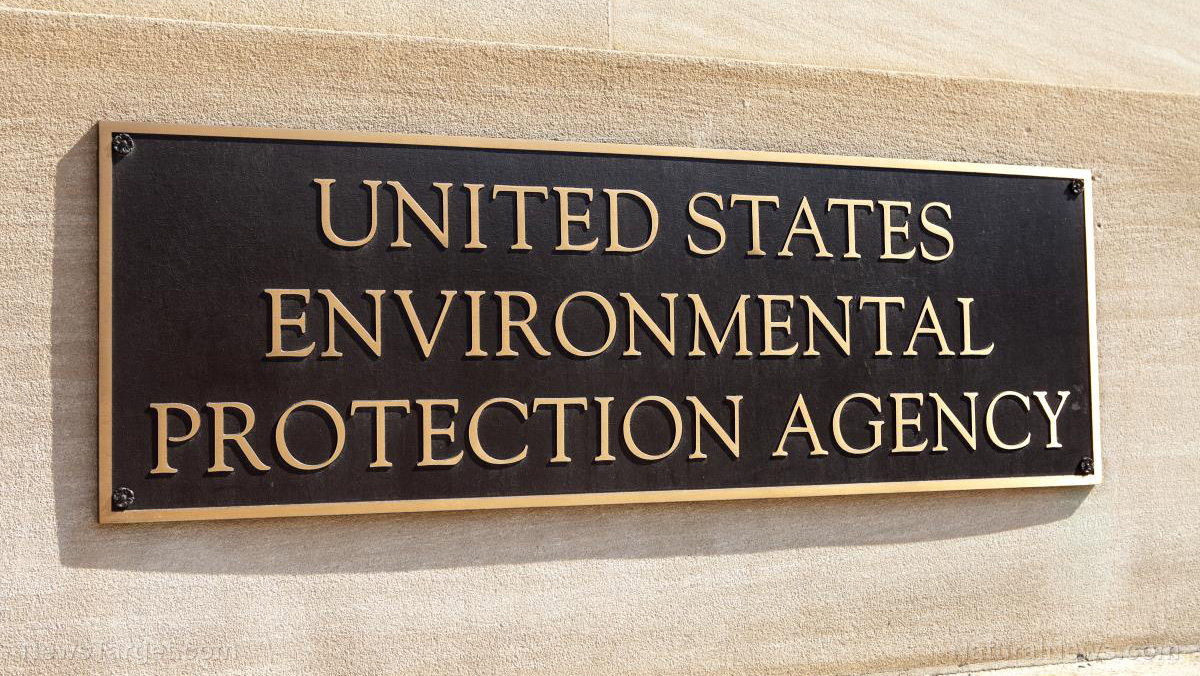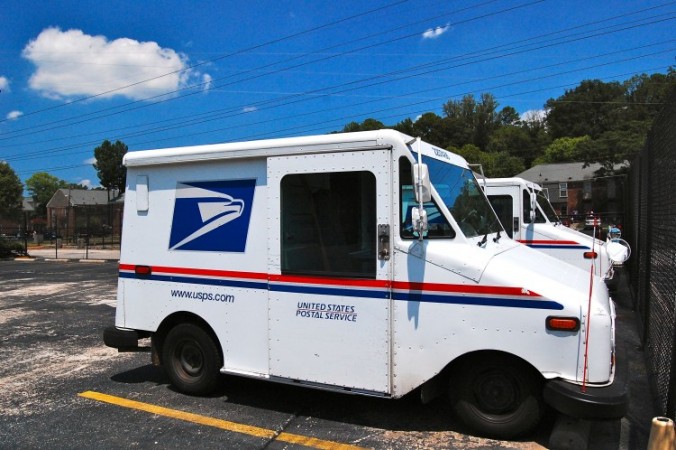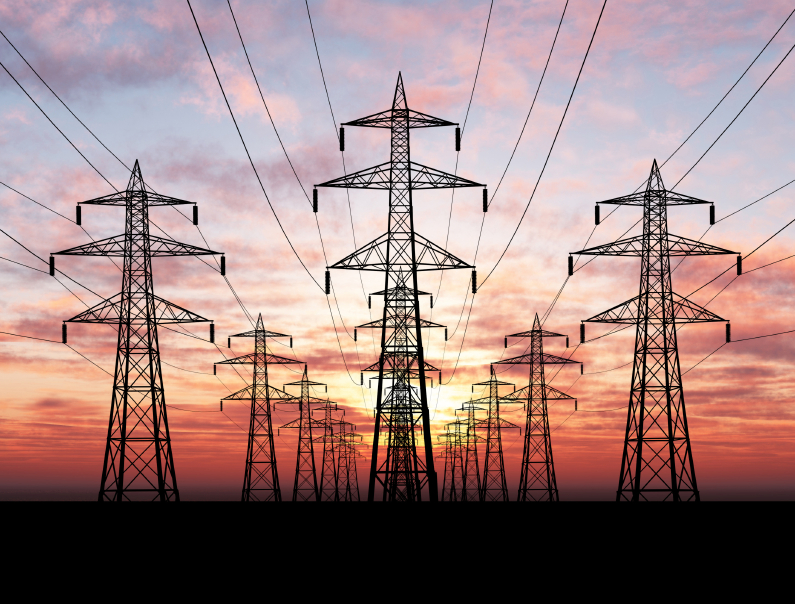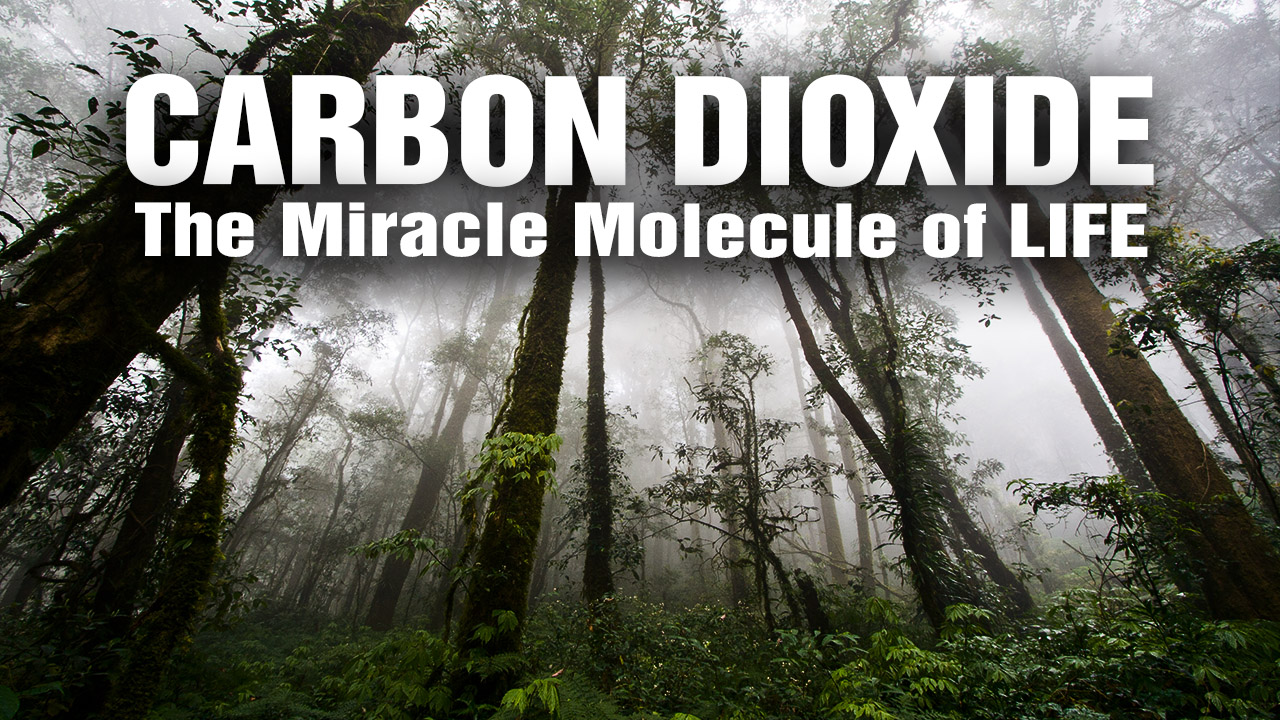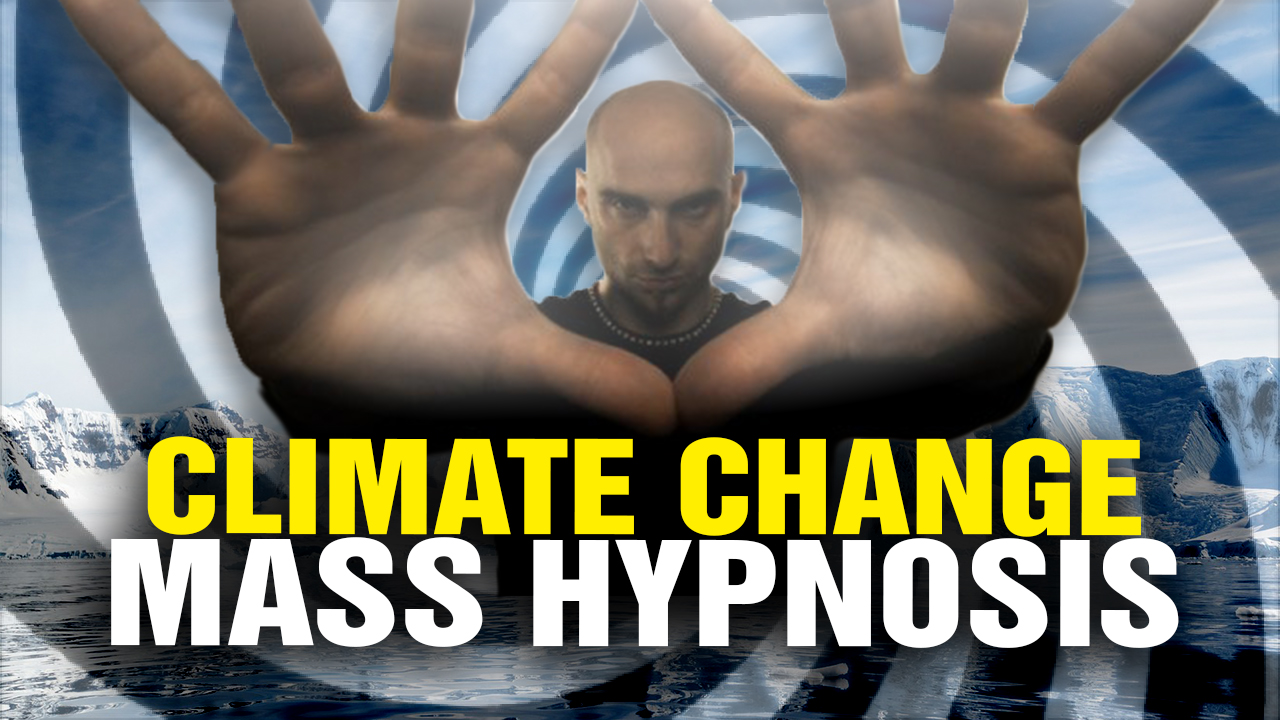POOP CEMETERY: Bill Gates DEMANDS all humans STOP POOPING or bury it to save Earth from Sun’s ever-increasing heat
07/22/2025 / By S.D. Wells
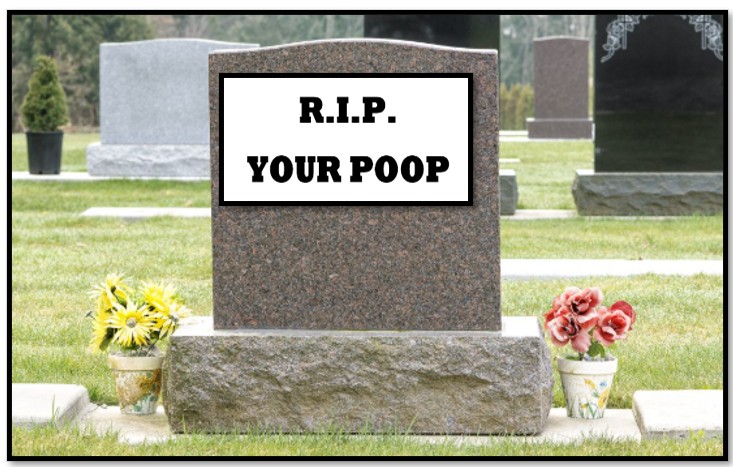
Microsoft has launched one of its most unconventional environmental initiatives yet—investing in the underground storage of human and agricultural waste to curb its massive carbon footprint. As the company races to meet its goal of becoming carbon negative by 2030, it has partnered with a firm called Vaulted Deep, which specializes in a technology that injects bio-slurry—sludgy, contaminated organic waste—thousands of feet underground for permanent carbon removal.
- Microsoft backs underground waste storage to fight emissions: To combat its rising carbon footprint—especially from its energy-hungry AI data centers—Microsoft is investing in unconventional carbon removal methods, including injecting human and farm waste thousands of feet underground through a process developed by Vaulted Deep.
- Bio-slurry as carbon offset solution: Vaulted Deep collects “bio-slurry”—a mix of human sewage, manure, and industrial sludge—and grinds it before pumping it 5,000 feet underground. The goal is to permanently sequester the carbon and methane these waste materials would otherwise emit into the atmosphere.
- Ambitious climate goals amid surging emissions: Microsoft aims to be carbon negative by 2030 and to remove more greenhouse gases than it has emitted in its entire history by 2050. Between 2020 and 2024, the company emitted 75.5 million tons of CO? equivalent.
- Controversial and creative climate strategies: In addition to waste burial, Microsoft is exploring other carbon-offsetting projects such as regrowing rainforests in Panama and burying emissions from trash incineration under the North Sea, reflecting a high-stakes effort to reconcile its green promises with its growing AI infrastructure.
Poop coffins? Psychotic billionaire tech giant invests in underground human waste storage to supposedly “offset carbon footprint”
This radical effort is in response to Microsoft’s surging greenhouse gas emissions, largely fueled by its rapidly expanding network of AI data centers, which require enormous amounts of electricity. From 2020 to 2024, Microsoft emitted more than 75 million metric tons of CO? equivalents. In order to reverse that trajectory, the company is banking on innovative carbon removal solutions that go beyond traditional offsets.
Vaulted Deep’s method involves collecting waste such as human sewage, livestock manure, and industrial sludge, then grinding it into a thick slurry before pumping it about 5,000 feet beneath the Earth’s surface. The concept is that, once sealed deep underground, this bio-slurry will no longer release carbon dioxide or methane into the atmosphere, two key greenhouse gases responsible for global warming. By preventing these emissions, Microsoft can earn carbon removal credits—each ton of carbon stored equaling one credit.
Microsoft has committed to purchasing 4.9 million metric tons of durable carbon dioxide removal from Vaulted Deep over the next 12 years, beginning in 2026. This is part of a broader portfolio of emerging carbon removal technologies the tech giant is funding. Other ventures include regrowing tropical rainforests in Panama and capturing emissions from waste incineration in Norway to bury under the North Sea in repurposed oil wells.
Vaulted Deep CEO Julia Reichelstein describes the technology as a practical way to solve two environmental challenges at once: disposing of problematic organic waste and removing atmospheric carbon. Many waste types used in this process are typically dumped on land or spread on farms, practices that can cause nutrient runoff and leach hazardous chemicals, such as PFAS, into groundwater.
Though the idea of storing human waste underground may seem offbeat or even unsettling, proponents argue it’s an effective and scalable strategy for long-term carbon removal. Critics, however, question the transparency, long-term safety, and ethics of such solutions, especially given the growing reliance on offset-based climate accounting instead of directly reducing emissions.
Microsoft’s bold waste-to-carbon-credit investment underscores the scale of the tech industry’s climate challenge and the increasingly unconventional tactics being explored to meet sustainability pledges. As the company ramps up its energy consumption to support AI development, it appears ready to go to great depths—literally—to clean up its carbon legacy. Whether this poop-powered plan becomes a model or a misstep remains to be seen.
Check out ClimateAlarmism.news for updates on psychotic billionaires like Bill Gates pretending like the earth is going to boil next year so they can take all our money and control us, while telling us to stop pooping in order to save the planet, along with the cows.
Sources for this article include:
Submit a correction >>
Tagged Under:
absurd, bill gates, Biosludge, bury poop, carbon dioxide, climate change, climate cult, climate hoax, climate scheme, CO2, depopulation, fake weather, Globalism, human poop, insanity, Ponzi scheme, poop burial, poop coffins, stupid, technocrats
This article may contain statements that reflect the opinion of the author

